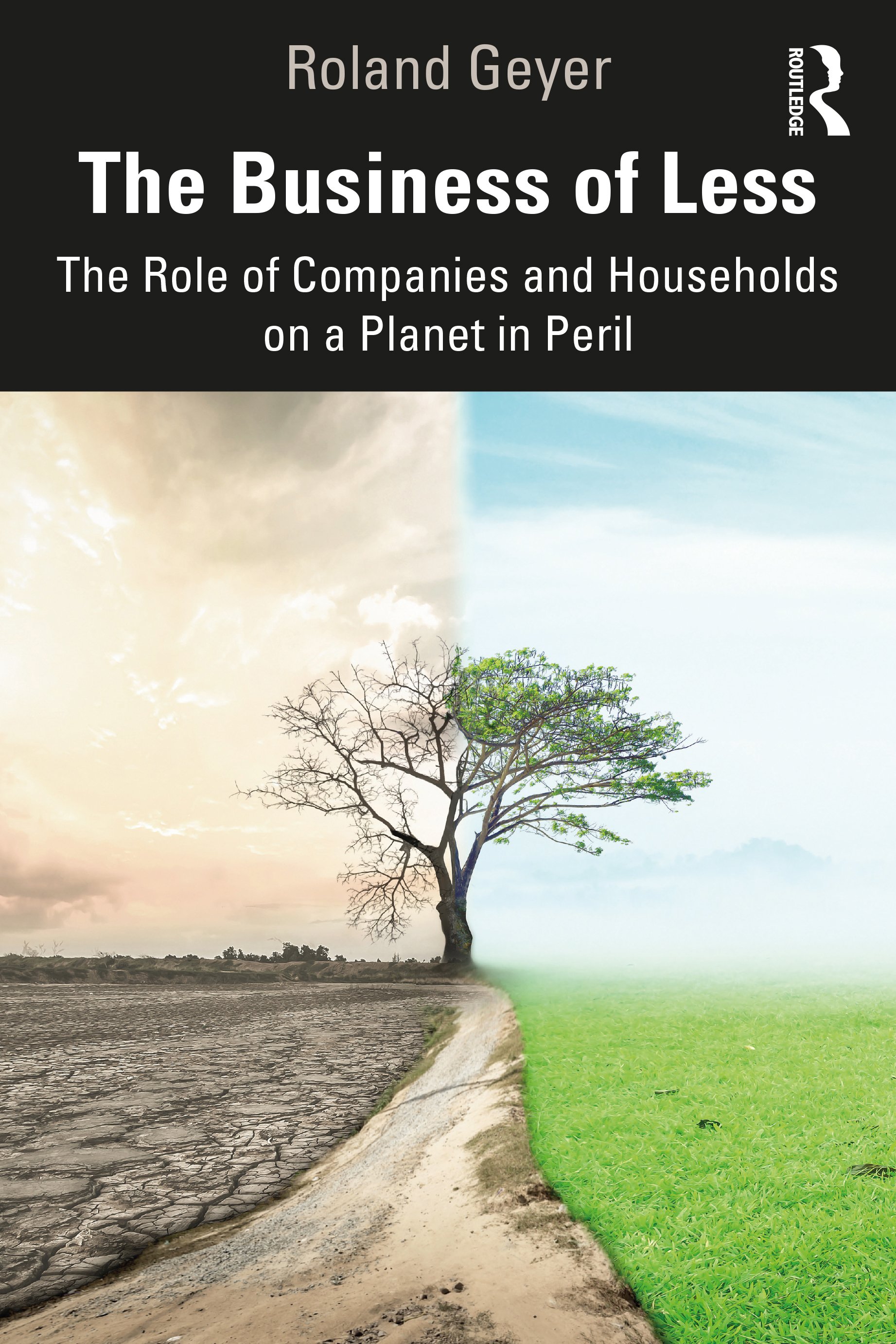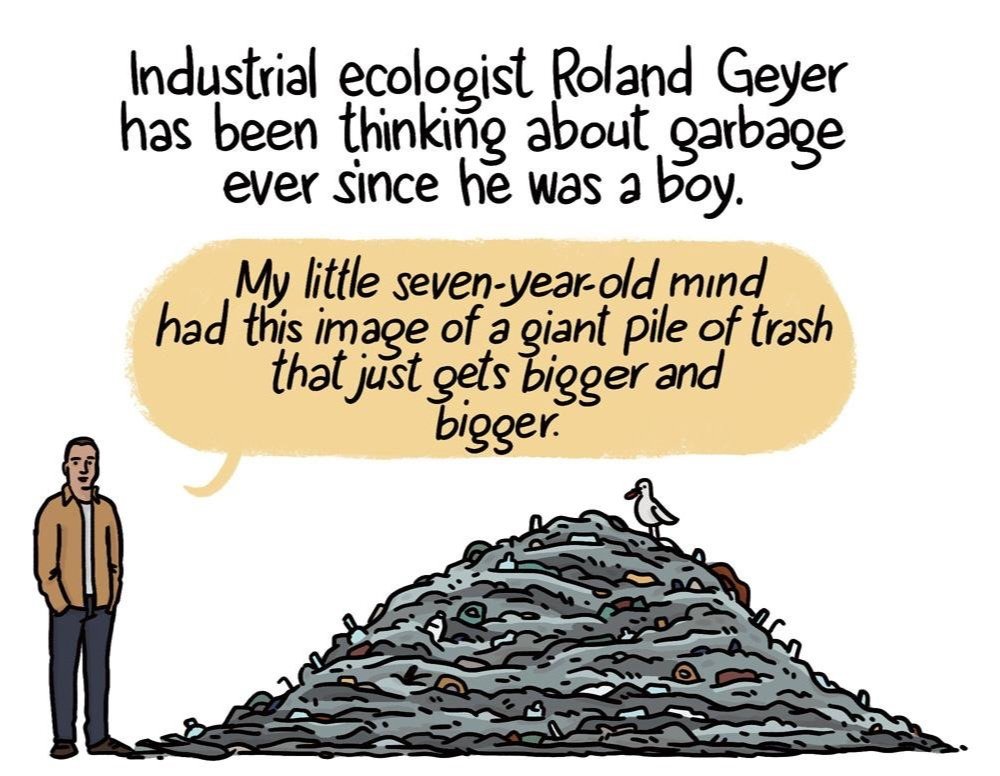Should we focus on LABOR, not MATERIALS in the quest to reduce fashion's environmental impact?
In episode 262, Kestrel welcomes Roland Geyer, Professor of Industrial Ecology at the University of California, Santa Barbara, to the show. Roland is also the author of a recently released book titled “The Business Of Less: The Role Of Companies and Households On A Planet In Peril”.
“Every material thing has environmental impact and it doesn’t matter whether the fiber is natural or synthetic, it’s just different kind of environmental impact. So, again, it just sort of comes back to — the only input into production that’s truly without environmental impact — it’s labor.” -Roland”
-Roland
If you are familiar with corporate social responsibility, if you work in the field, or if you have an understanding of some of the general narratives within the space, this show may come as somewhat of a shock to you. Or maybe not – maybe you’re already asking some of these questions for yourself.
One thing is clear — we’re doing a lot of reimagining on this show.
As this week’s guest points out in his recent book – “The Business Of Less” — the sustainability narrative (and the corporate sustainability conversation in particular) has been dominated by two primary tenants.
The idea of the win/win paradigm – which is basically the idea that you can have your cake and eat it too. It aligns doing good with both saving the planet and saving money. In other words, sustainability only works when there’s a business case for it (one that in the end, puts more profits in the pockets of the corporation).
And the other focus has been on eco efficiency or decoupling. You might be familiar with the life cycle assessment or LCA, which quantifies the environmental impact per unit of product or service. This ignores the question of volume or quantity, and instead, only evaluates products on an individual level.
So, while you may or may not be familiar with the above ideas – they have driven the way sustainability has been spoken about and addressed from a mainstream lens over the last few decades.
Turns out, these approaches HAVE NOT WORKED. Over the last 30 years, with all the investment in CSR departments and sustainability marketing and the focus on eco and organic and recycled and circularity, we are still standing in the same place. Or maybe even worse. Our total material or resource use has not decreased – instead, it has actually gone up.
According to this week’s guest, there are many ways to get us back on track – but one of the keys involves focusing on LABOR, not MATERIALS.
Quotes & links from the conversation:
“A Friedman Doctrine — The Social Responsibility Of Business Is To Increase Its Profits”, article by Milton Friedman that changed the focus of how business operates
“Factor Four: Doubling Wealth, Halving Resource Use”, book published in 1997 that aligns with H&M’s recent plans to double sales & halve footprint (basically, this shows how the “make more and reduce impact” approach isn’t a new concept
“Could Living Wages Help Solve Fashion’s Climate Crisis? New Research Says Yes”, article by Elizabeth Cline for Forbes
“There Is No Such Thing as a Green Product”, article co-written by Roland
Nisolo’s Sustainability Facts Label that Kestrel mentions
Video about apparel recycling that Patagonia did in collaboration with Roland
“Upset about the plastic crisis? Stop trying so hard”, op-ed that Roland wrote for The Guardian
“Humans have made 8.3bn tons of plastic since 1950. This is the illustrated story of where it's gone”, illustrated story by Susie Cagle







